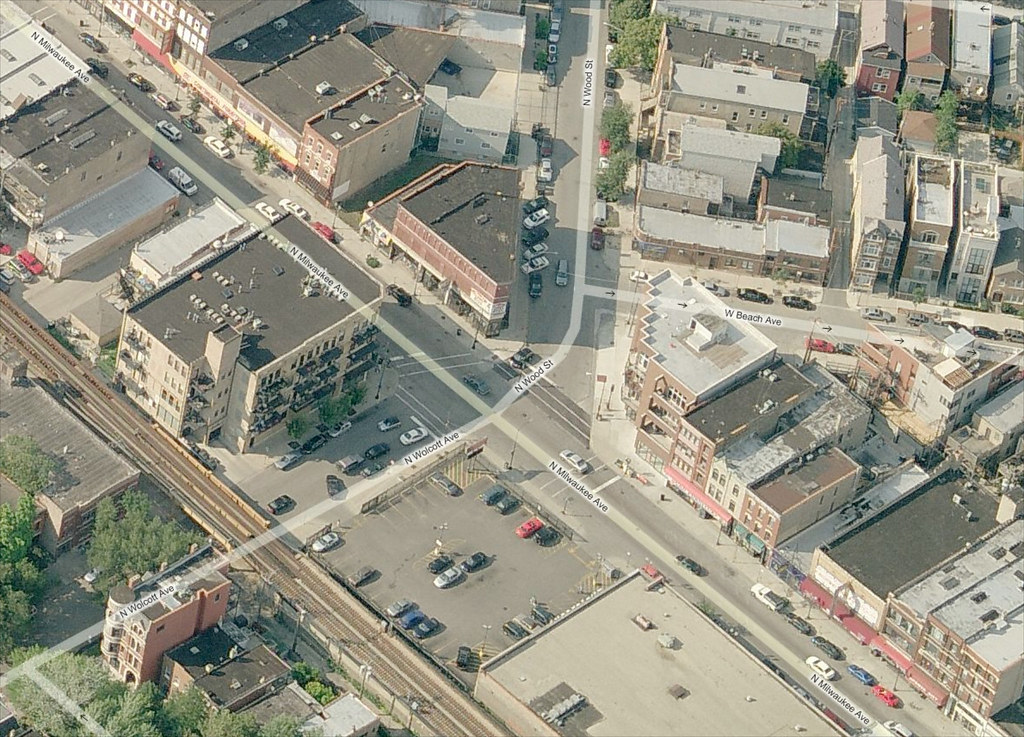[flickr]photo:6776520546[/flickr]
Moving forward with our projectto interview all 50 Chicago aldermen about their views on sustainable transportation, I recently met with 7th Ward Alderman and Committeeman Sandi Jackson at her office, 7123 S. Yates, directly across from a Metra station. Her district includes parts of the South Shore, South Chicago, and Calumet Heights communities on the Southeast Side.
After defeating incumbent Darcel Beavers in 2007, Sandi took her place in Chicago’s influential Jackson family dynasty. Her husband is Congressman Jesse Jackson Jr., representing Illinois’ 2nd district, which includes the 7th Ward, and her father-in-law is civil rights activist and former presidential candidate Jesse Jackson Sr. As alderman, Sandi has been a strong supporter of the proposal to redevelop the former U.S. Steel plant site, located on the lakefront between 79th and 92nd. The proposed housing and retail development, called Lakeside, would include the Chicago Velo Campus indoor velodrome and multisport complex.
We discussed her commuting habits, the importance of providing multiple transportation options to Lakeside residents, and why she’s excited about the velo campus idea. We also talked about why she’s supporting the city’s Streets for Cycling and bike sharing projects, as well as her own plans to encourage positive pedestrian activity on the ward’s business strips by hiring security guards to patrol the areas.
Continue reading Talking transportation with 7th Ward Alderman Sandi Jackson
